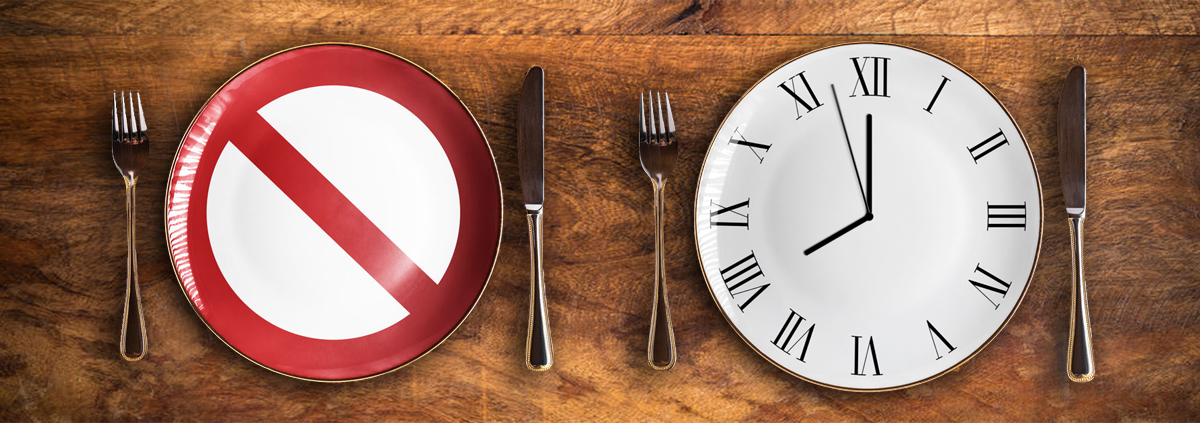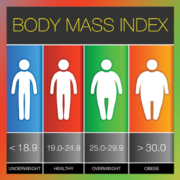The Fasting Dilemma
I hope you all had a wonderful Thanksgiving. Because we’ve entered the “weight-gain portal” time of the year, let’s talk about the fasting craze that some people are doing and the rest are thinking about trying. As I see it, the problem is the lack of clarity in terminology and subsequently the execution of a fasting program. Terms such as “5:2” and “16:8” are thrown around. What exactly is a fast? What can it do for a person? What’s the best way to do a fast?
The problem begins with defining the term “fast”; there’s no consistent way the term is used, and that includes in the methodology of research studies. Fasting can mean avoiding all food and in some cases drink. That definition can describe fasts done for religious purposes as well as the fasts talked about for weight loss and controlling metabolism.
Another definition of fasting is severely reducing calories; if you lower your intake from 2,000 to 1,400 calories to lose weight, that’s a fast. If you’re drastically reducing calories for two to four days to help reset your immune system, that’s also a fast. But if you’re not consuming any calories, whether for a specific number of hours per day or a whole day, that’s more accurately called “abstinence from food.” Is that a big deal? Yes, and I’ll explain why on Saturday.
What are you prepared to do today?









